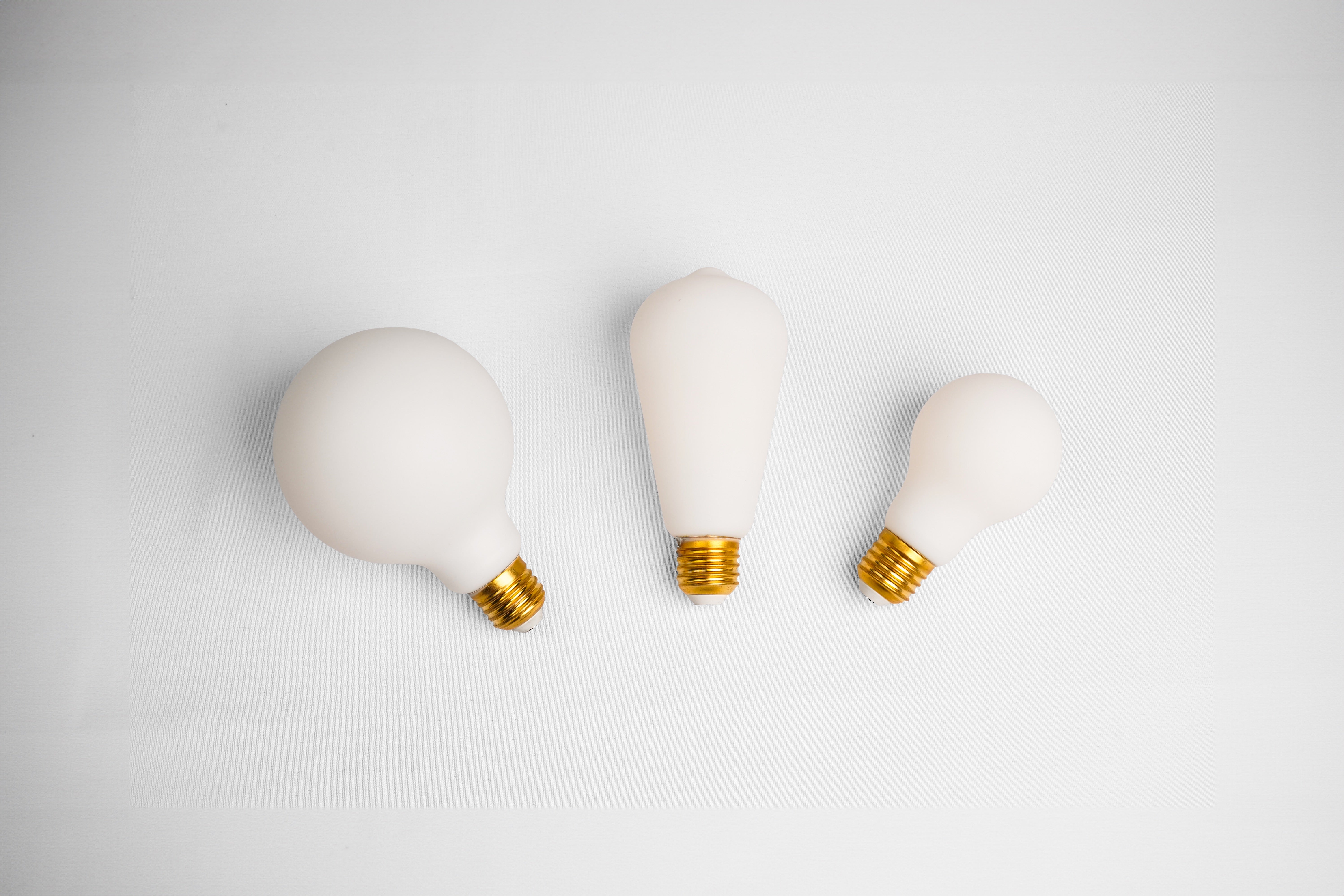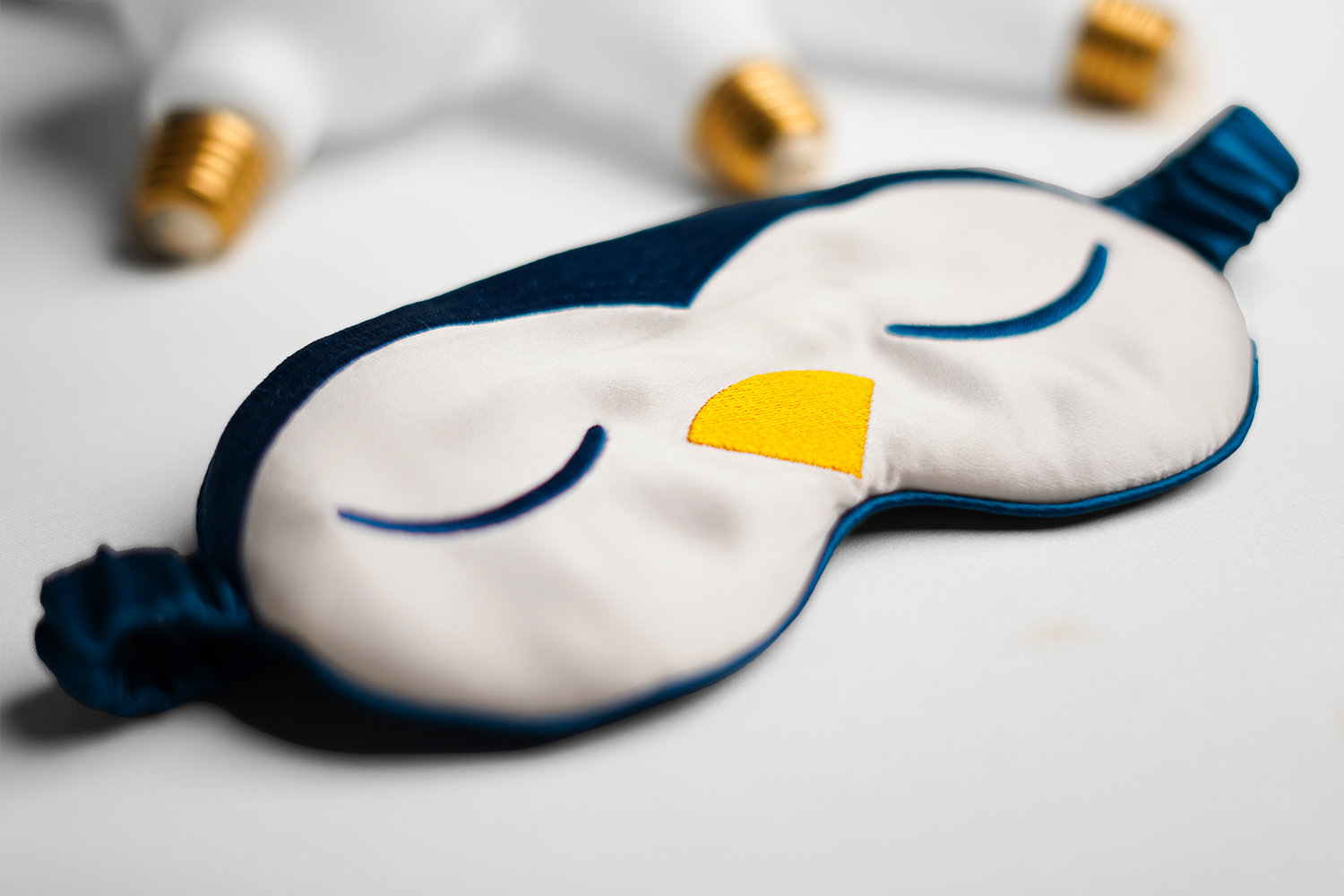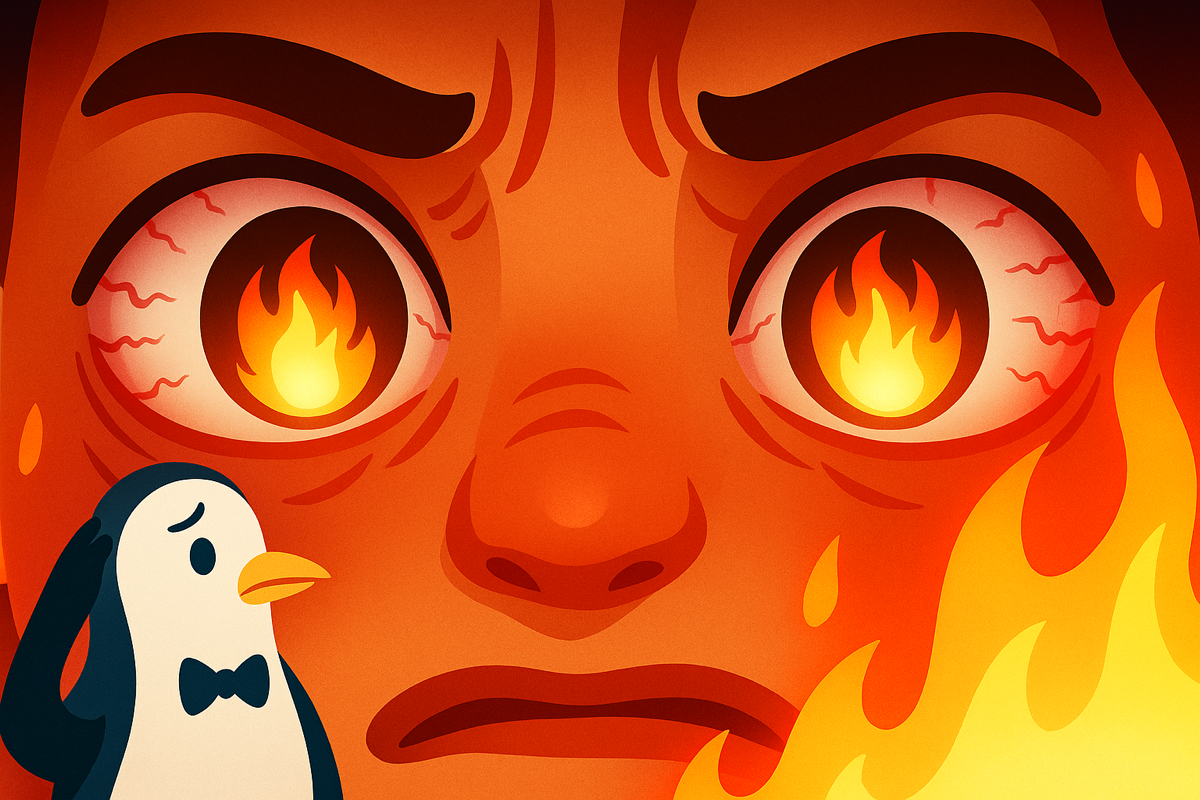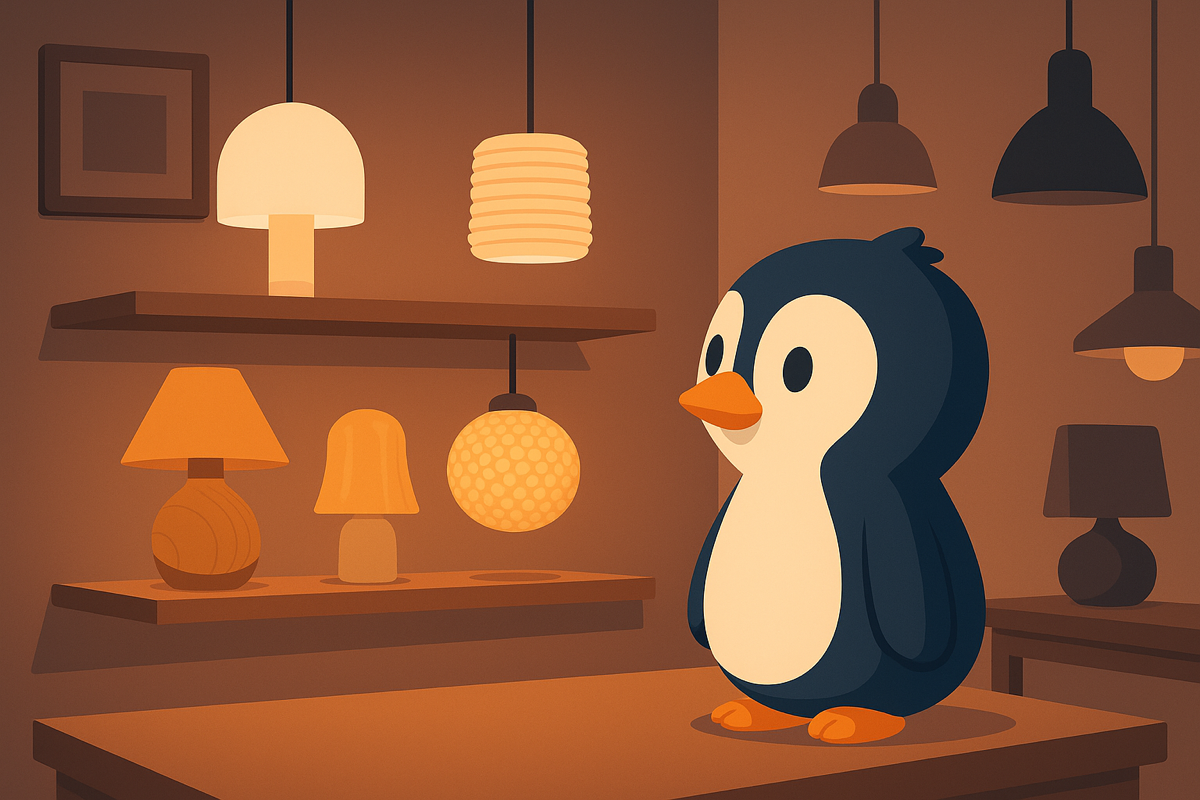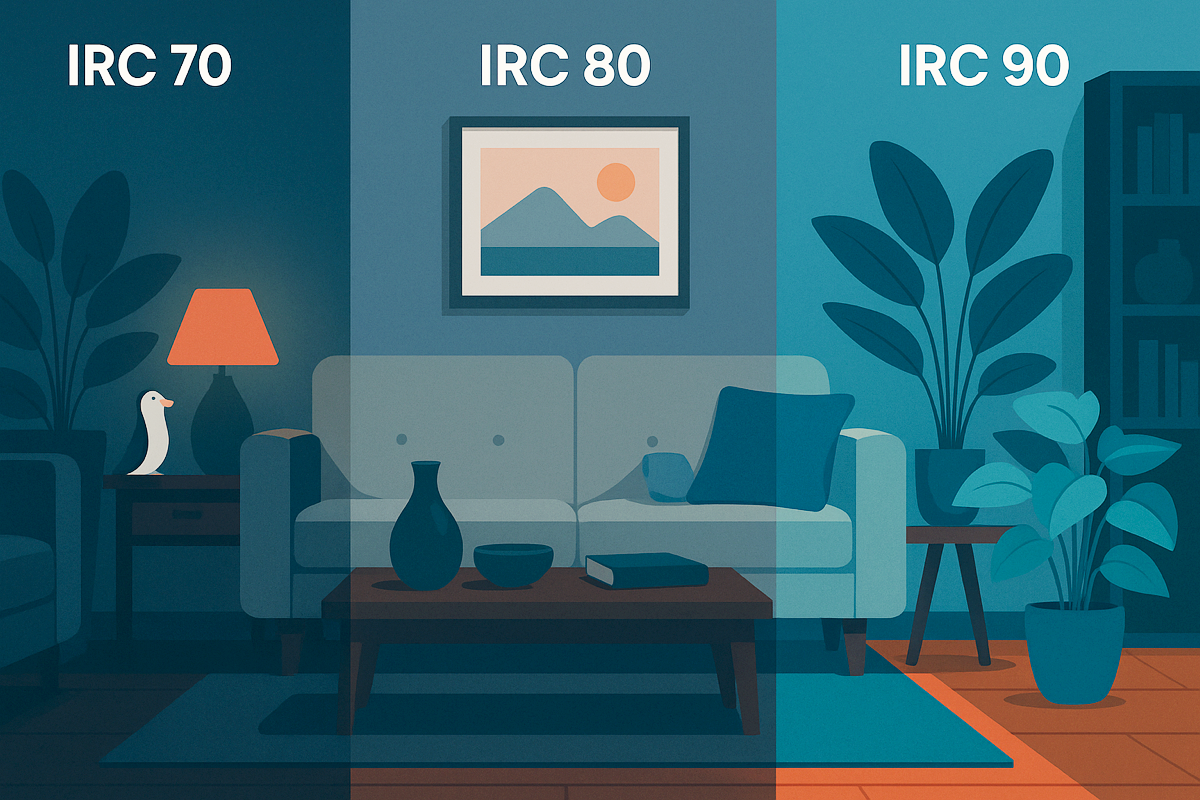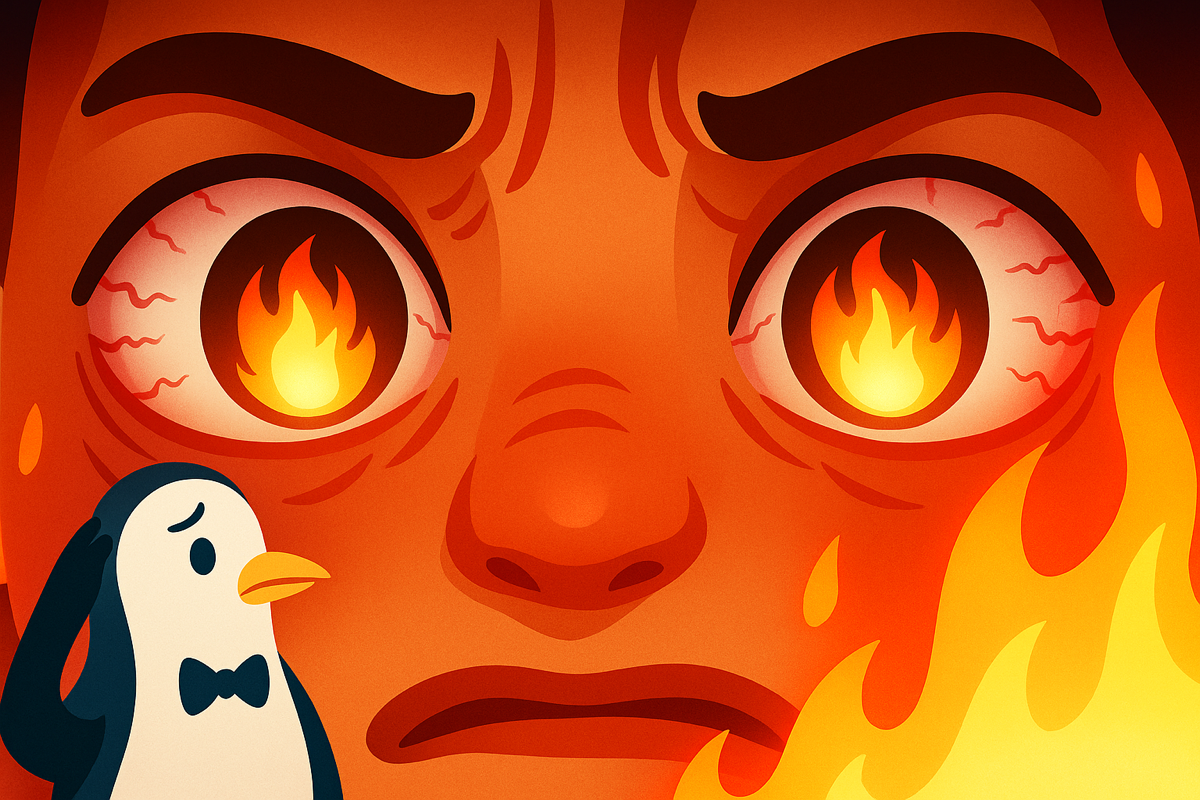Reading time: 5 min
In short:
What if your sleep disturbance stems from an invisible source? A light that's too cold in the evening, a shifted rhythm... Our lighting environment disrupts our nights more than we think. Here's why the circadian track deserves your full attention.
📌 Summary
1. An often ignored cause
When we talk about sleep disorders, we think of stress, diet, and screens. But rarely do we think of light. And yet, it's one of the main synchronizers of our biological clock. The problem? Our current lighting is no longer natural. It remains the same from morning to night. As a result, the brain no longer knows whether it's day or night.
Studies show that exposure to cold light after 8 p.m. delays sleep onset, reduces the quality of deep sleep, and reduces the body's natural production of melatonin. In short, light sends false signals to the body. And a sleep disorder sets in… without us understanding its cause.
2. The shifted biological rhythm
Our body operates on a 24-hour cycle: the circadian rhythm. It tells us when to sleep, when to digest, and when to wake up. But this rhythm is fragile. It depends on external cues: temperature, silence... and, above all, light. If these cues are inconsistent, the cycle becomes desynchronized.
And that's when sleep disturbances can occur, even without apparent stress. We go to bed "on time," but our bodies aren't ready. We miss the signal. It's like trying to fall asleep in a neon-lit airport. Until the light says "good night," our brain remains in alert mode.
3. What the light signals
Light is more than comfort. It sends a message. In the morning, it should be cool and bright: it awakens. In the evening, it should become warm and subdued: it prepares us for sleep. The sun naturally provided us with this cycle. But our light bulbs have blurred the message.
Circadian lighting offers a return to this rhythm. It adapts temperature and intensity based on the time of day, the season, and your lifestyle. The result: the body regains its bearings. Sleep becomes deeper, more stable, and more natural.
🎥 Origin of blisters and impact on sleep
How to restore balance?
Good sleep often starts with the right lighting. Here's how to start the change:
- Avoid cold lights after 8 p.m.
- Choose lighting that varies depending on the time of day
The Laqi Kit is designed for just that. It synchronizes your light bulbs with your biological rhythm, thanks to a simple, seamless, and Wi-Fi-free system. A true revolution... gently.
💬 FAQ
Can lighting really solve a disorder?
Yes, if it's due to circadian dyssynchronization. This is often underestimated, but very real.
Should I replace everything in my house?
No. Start with the room where you spend your evenings. One or two lamps are enough.
What if my rhythm changes often?
Laqi bulbs adapt to your schedule and ambient light, without having to program anything.
What if the solution was right in front of you?
Sleep disturbances don't always come from within. Sometimes, all you need to do is change... a light bulb. Your body will know what to do.

